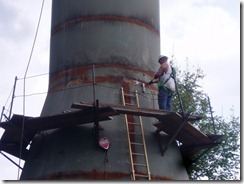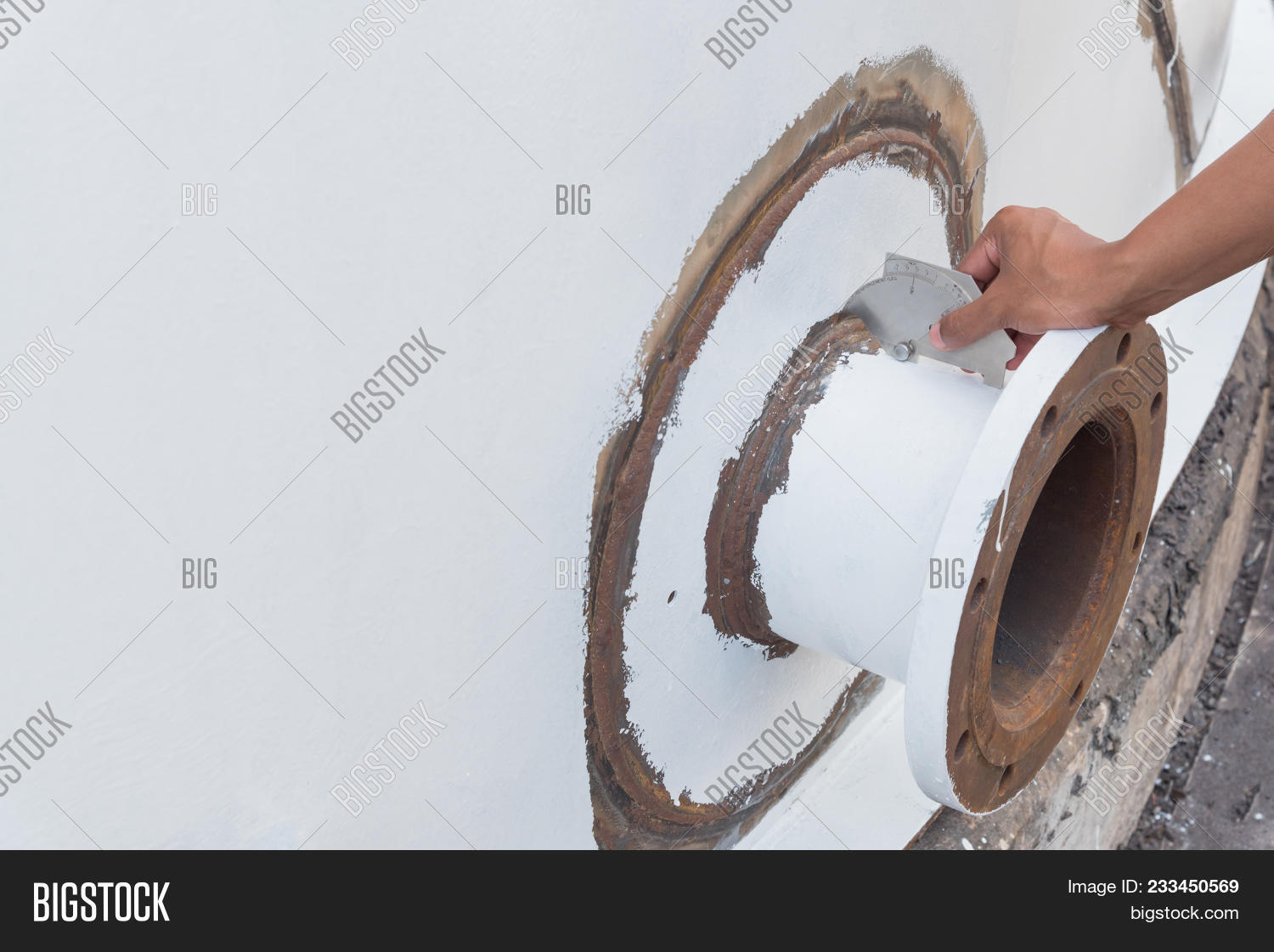
Comprehending the Importance of Rigorous Tank Welding Assessment Processes in Averting Failings and Enhancing Lifespan
In the world of industrial procedures, the value of strenuous tank welding inspection processes can not be overstated. By executing different assessment methods, companies can detect flaws early, thus avoiding costly repercussions and extending the life of their storage containers.
Importance of Welding Inspections
Acknowledging the crucial duty of welding evaluations in preserving structural integrity, these procedures ensure that welds fulfill recognized criteria and requirements - Tank Welding Inspection. Efficient welding assessments are critical in the construction and upkeep of containers, as they straight affect the toughness and safety and security of the structures. By identifying potential shortages, such as inappropriate methods or material issues, inspections minimize the danger of devastating failings
Welding assessments include numerous methods, including aesthetic assessments, non-destructive testing (NDT), and assessments of welding procedures. Each method serves to confirm the high quality and compliance of welds with market guidelines, therefore safeguarding both workers and environmental rate of interests. Routine examinations promote a society of accountability and quality within the labor force, making sure that all team members stick to best techniques.
Furthermore, these assessments add to the general lifecycle monitoring of tanks by determining wear or destruction early in the process. By attending to these concerns proactively, organizations can prolong the functional life expectancy of their possessions, ultimately leading to cost savings and boosted integrity. In summary, the relevance of welding inspections can not be overemphasized; they are essential for making certain security, longevity, and conformity in storage tank construction and maintenance.
Usual Reasons of Container Failings
Recognizing the typical reasons for storage tank failures is vital for stopping disastrous occurrences and making sure the durability of storage systems. One prevalent root cause of container failing is rust, which can substantially deteriorate the structural integrity of tanks over time. Ecological factors, such as direct exposure to dampness, chemicals, and temperature level changes, can accelerate this process.
One more critical element is improper welding strategies, which might result in flaws like fractures or incomplete joints. These problems can jeopardize the storage tank's strength and bring about leakages or ruptures. In addition, insufficient maintenance techniques can lead to undetected damage, eventually raising the risk of failing.
Design imperfections, including inadequate density or poor product selection, can additionally add to container susceptabilities. Additionally, functional elements, such as overfilling or direct exposure to extreme stress, can strain the tank beyond its intended limits.
Trick Examination Strategies
Effective inspection strategies play a crucial role in alleviating the risks connected with tank failures. An extensive strategy to tank welding assessment includes several vital methods, each made to identify prospective issues and ensure structural honesty.
Aesthetic evaluation stays the initial line of protection, why not try these out allowing examiners to identify surface area abnormalities such as splits, corrosion, or misalignment. This method is commonly supplemented by non-destructive screening (NDT) approaches, which are important for examining weld top quality without endangering the tank's stability.

Additionally, magnetic bit screening (MPT) and color penetrant screening (DPT) are efficient for identifying surface area defects in ferromagnetic materials and non-porous surfaces, specifically. Each method has its strengths and restrictions; consequently, a mix of approaches is often employed to achieve comprehensive inspection outcomes.
Advantages of Rigorous Inspections
While the instant costs of strenuous evaluations may appear challenging, the long-term advantages substantially outweigh these preliminary financial investments. Implementing complete examination processes not only enhances the stability and security of tank frameworks but additionally site link lessens the danger of tragic failures that can lead to considerable monetary losses and environmental harm.
Strenuous inspections aid identify potential problems early in the welding process, permitting for prompt restorative activities that protect against costly repair work or replacements down the line. This aggressive approach promotes a culture of quality control, where adherence to best practices comes to be ingrained in functional procedures. Furthermore, regular inspections add to raised asset long life, as they make certain that tanks remain in ideal problem throughout their lifespan.
In enhancement, the documentation generated from these examinations acts as a useful resource for maintenance planning and efficiency examinations. This data-driven approach can likewise improve functional efficiency, resulting in decreased downtime and boosted productivity. Eventually, rigorous inspections not only protect the architectural stability of containers yet additionally provide considerable financial benefits, reinforcing the notion that buying top quality assurance is a wise choice for any type of organization associated with storage tank operations.
Governing Criteria and Compliance
Governing requirements and compliance are essential elements of storage tank welding evaluation processes, as they develop the structure for ensuring safety and security and top quality in operations. Compliance with these standards not just reduces threats however also boosts the total honesty of welded frameworks. Various organizations, consisting of the American Society of Mechanical Designers (ASME) and the American Petroleum Institute (API), provide guidelines that dictate acceptable practices for welding, examination, and testing.
These requirements mandate making use of certified workers, the application of rigorous inspection procedures, and adherence to certain welding procedures. By aligning with governing needs, organizations can make sure that their containers meet the needed safety and security and performance standards, therefore reducing the probability of disastrous failings that can bring about considerable monetary losses and environmental damages.

Furthermore, regulative conformity promotes a society of liability and continual improvement within the welding and construction fields (Tank Welding Inspection). Regular audits and evaluations make sure that techniques continue to be lined up with advancing standards, thus advertising lasting integrity and functional efficiency. Eventually, adherence to regulative criteria not just shields properties yet additionally boosts the life expectancy of bonded storage tanks, ensuring they serve their intended function properly with why not try this out time
Final Thought
To conclude, extensive tank welding inspection processes play an important function in stopping failings and extending the lifespan of storage space frameworks. By identifying prospective deficiencies with various inspection strategies, companies can minimize threats connected with tank honesty. The application of these evaluations fosters a culture of quality control, bring about improved asset long life, minimized upkeep prices, and enhanced functional effectiveness. Following regulatory criteria additionally highlights the importance of these examinations in maintaining security and reliability within the industry.